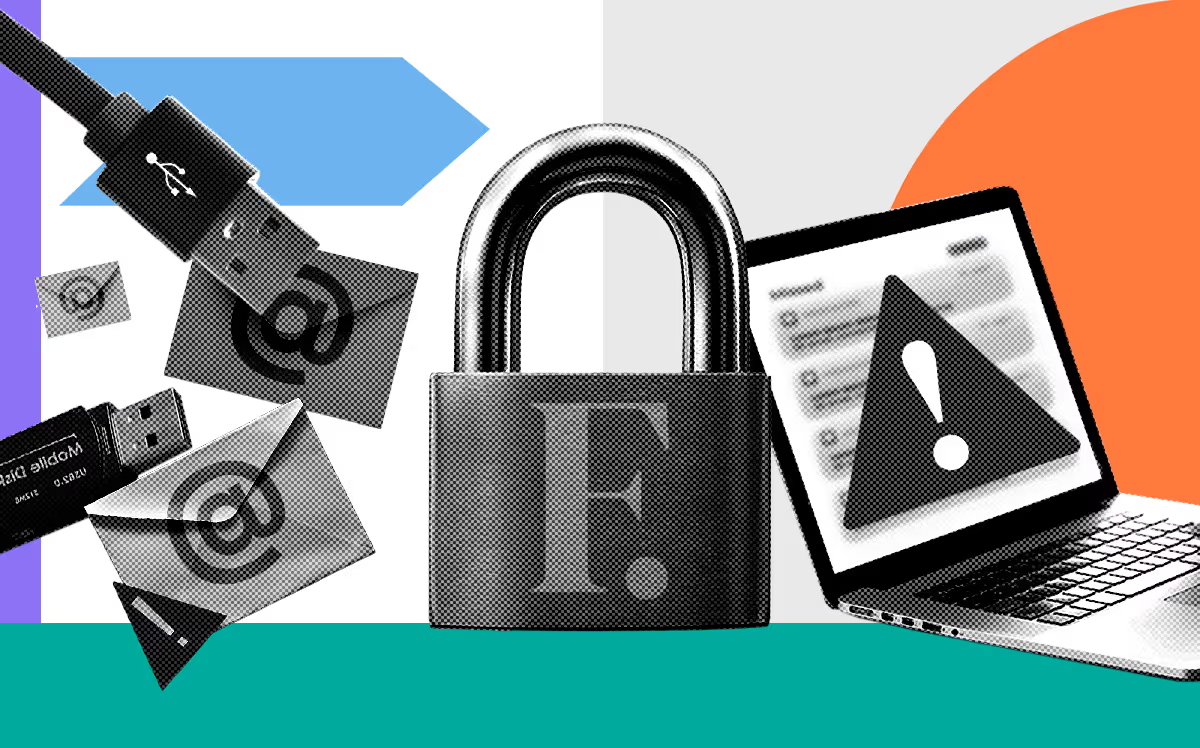How to calculate ROI on fraud prevention – and why most teams get it wrong
Fraud prevention is mission-critical – but proving its value isn’t always straightforward. Despite blocking attacks, reducing chargebacks, and protecting customers, fraud teams often struggle to show the real return on investment (ROI) their work delivers.
In our last article, we explored why fraud leaders need to speak the language of business. This follow-up goes a step further: showing you how to quantify ROI accurately, including how to handle the hard-to-measure areas like customer trust and brand reputation.
Whether you’re reviewing your fraud stack, evaluating new tools, or looking to strengthen your case with the C-suite, this is your practical guide to making the numbers work – and making them count.
A simple formula every fraud leader needs
Let’s start with the basics. ROI is a simple concept but often misunderstood in fraud prevention.

To explain:
- Benefit includes: fraud losses prevented, operational efficiencies, revenue protected.
- Total Cost includes: software spend, analyst time, infrastructure, customer ops.
💡 Example:
A system saves £5M in fraud and operational costs. The total cost to run it is £2M.

That’s £1.50 in value for every £1 invested.
The problem? Most fraud teams overestimate benefits (eg. counting every alert as a win) and underestimate costs (ignoring the resources needed to run the system).
Why ROI often breaks down in practice
Fraud vendors love bold claims: “We’ll save you £40 million a year!”
But most of that is based on fraud identified, not fraud prevented, and certainly not the net value delivered after internal costs.
Here’s how that plays out:
- Vendor claims: £40M in savings
- Bank’s reality: £15M actual value delivered
- Operational cost: £10M
Resulting ROI:

This is why senior executives often don’t buy the story. They’re not seeing the true, measurable impact.
Total cost of ownership: look beyond the licence fee
To calculate ROI properly, you need to factor in the entire system, not just the technology.
Include:
- Software licence and support
- Internal teams: fraud ops, investigations, data engineering
- Customer-facing costs: call centres, complaint handling
- System integration and ongoing tuning
Don’t forget:
- High false positives = more manual reviews
- Clunky UX = more frustrated (and lost) customers
- Rule tuning = ongoing headcount, not just setup
At Fortify, we often speak with fraud teams who’ve inherited systems with massive hidden costs. And yet, ROI reporting doesn’t reflect this reality.
Step-by-step: how to measure ROI properly
1. Start with tangible benefits
- Blocked fraud attempts – deduplicated to avoid double-counting
- Reduction in chargebacks
- Headcount or time saved through automation
💡 Example:
Customer A’s card is compromised and the fraudster attempts to buy an iPad from the Apple Store for £799. The card only has a credit limit of £1000. Your fraud system identifies the first attempt, the second attempt and the third attempt at making this purchase. Here, the total fraud saved is £799, not £2397 which is often the total that vendors will use.
2. Add up the true costs
- Licence = £2M
- Analyst time = £500K
- Call centre support = £200K
- Total cost = £2.7M
Savings: £5M → ROI = 85%

3. Factor in the intangibles (carefully)
They matter, but they don’t make or break the business case.
- Brand reputation: Breaches hurt, but estimating impact is difficult.
- Customer trust: Harder to earn back than to measure.
- Churn prevention: Retention after fraud events is often overlooked.
💡 Proxy metrics help:
Use Net Promoter Score (NPS), churn rate comparisons, and customer survey feedback.
Smarter buying decisions: key questions to ask
Before you buy (or renew) a fraud tool, ask:
- What’s the real-world fraud savings, once duplicates are removed?
- What’s the total operational cost of running the system?
- How many people does it take to action the alerts?
- Will it improve customer experience or create more friction?
- How does this system scale without additional headcount?
💡 Example:
A vendor says their biometric tool prevents £10M in losses.
But if only 20% of compromised accounts are actually drained, that’s £2M in true value.
If the tool costs £1M, then ROI = 100%, not 900%.
How to communicate ROI internally
Even if you’ve done the numbers, you still need to land the message.
Speak in outcomes, not inputs.
Use business language:
"Investing £3M saves us £6M – a 100% ROI in year one."
Align to strategic goals:
"Reducing fraud improves retention and saves £5M in lost revenue."
Show efficiency wins:
"Automation saved 10,000 call centre hours – £500K in resource costs."
Avoid technical jargon. Focus on cost savings, revenue protection, and risk reduction.
What great fraud leaders do differently
They don’t just block fraud. They frame it as an economic decision.
They ask better questions.
They hold vendors to account.
They measure impact with rigour.
And they translate it into language the boardroom understands.
Fraud prevention is no longer just a control function. It’s a strategic lever – but only if you can prove it.
Sign up for the latest news and insights from Fortify

Turn risk into ROI
The Fortify team can help

Find out how we can support your prevention strategy

Related articles
Related articles
Need expert advice?
Get in Touch




